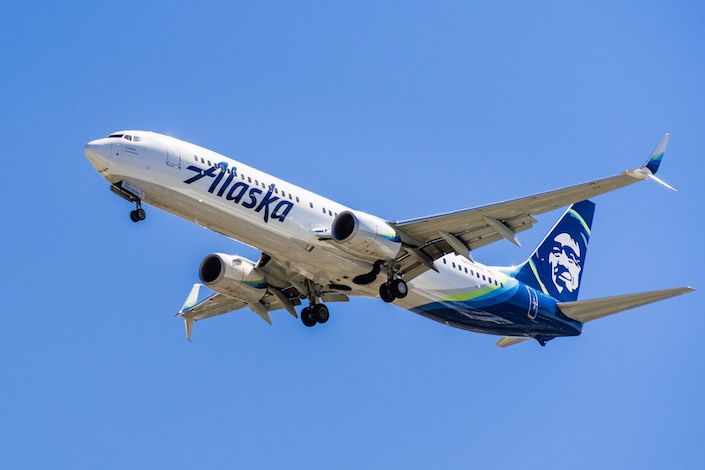Where travel agents earn, learn and save!
News / Alaska Airlines wants YOU to help celebrate Earth month
Alaska Airlines is marking Earth Month by suggesting ways customers can help the airline cut its environmental footprint. But is this fair or unfair?

Alaska Airlines is encouraging its customers to join the drive to reduce the airline's environmental impact. Alaska Airlines is chasing an ambitious 2040 net-zero carbon emissions goal and, along the way, wants to make some day-to-day changes to the way the airline operates. The airline is encouraging its customers to help out. But is this a fair thing to ask? Or is it simply an outsourcing of Alaska's responsibilities?
Alaska Airlines points to five ways customers can help cut the airline's environmental footprint
April is Earth Month and Alaska Airlines has highlighted five ways customers can help the airline reduce its environmental footprint. They range from the do-able but challenging - ditching plastic, going paperless, and reducing waste - to vague motherhood statements like being "mindful at home and when you travel."
"By giving back to the places you live and fly, you’ll get a truer sense of place and walk away with deeper, more meaningful connections from your travel experience. And isn’t that what travel is all about?," says Alaska Airlines.
Well, maybe for some. The problem with airline travel and the airline industry is that it is, by their very nature, environmentally unfriendly. Airports take up acres of space - all asphalt and glass and air conditioning units without a tree in sight. Planes built of metals mined from the Earth and composite materials manufactured in factories that are invariably another environmental scar on the landscape. The flights themselves are loaded with food and consumables, most of which will only be used once. And this is all before we get to the emissions the jet spews out while in the air.
For most, the desire to travel trumps the environmental damage caused
The best way people could cut the environmental damage caused by flying is not to fly. But Alaska Airlines doesn't want that and air travel is terrifically convenient. Besides, humans are terrific at rationalizing and justifying their decisions - including flying. "I know flying to X is bad for the environment, but I need to go there for Y reasons. My need trumps the environmental impact." I could also buy carbon offsets for my flight, which Alaska Airlines encourages. But writing the metaphorical check doesn't eradicate my personal contribution to damaging the environment by choosing to fly. It simply falls back on that less than admirable first-world habit of writing a check to absolve guilt or buying your way out of a problem.
Then there's the argument that as the provider of the service, Alaska Airlines is solely responsible for minimizing the environmental damage. Alaska Airlines isn't alone in asking its customers to help out. Many airlines are asking or even incentivizing customers to assist in achieving net-zero goals and reducing the airline's environmental footprint.
The burden is likely to fall back onto airlines
Some say asking customers to help out is a cop-out. Others say the consumers of air travel should shoulder some responsibility. It's a vexed problem that is yet to play out fully. But Alaska Airlines gets points for doing its best to tackle its environmental footprint - and it's not a new item on the airline's agenda. Alaska Airlines has been working on cutting its footprint for years, including via means that don't necessarily make aviation news headlines, such as using AI software to manage flight times better.
But asking passengers to plant trees or spend a day volunteering while on holiday isn't going to gain traction. It's a nice idea but kind of utopian, and human nature suggests most airline customers would prefer to spend the day by the pool drinking pina coladas. If they must, most people would rather donate some money and let someone else deal with the problem.
Like most airlines with net-zero goals, Alaska Airlines is probably wasting its time expecting customers en masse to help reduce the airline's environmental footprint. Sure, some customers will pitch in, and others will tinker around the edges, but the bulk of environmental change within the airline industry will probably need to come from the airlines themselves, not their customers.











